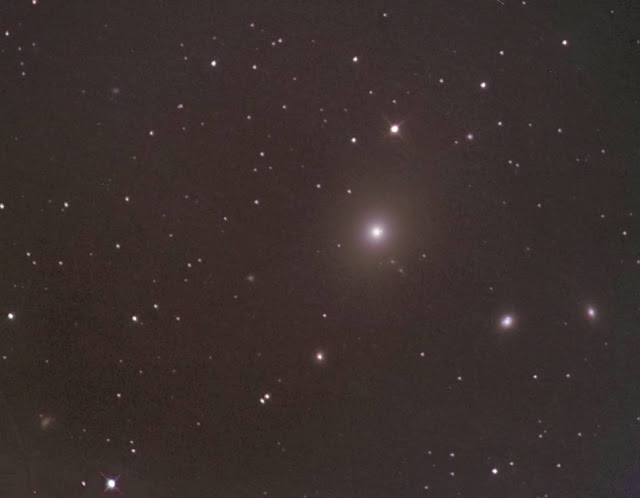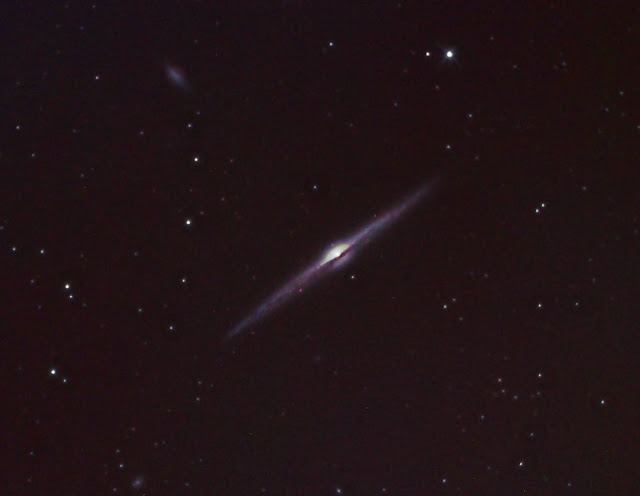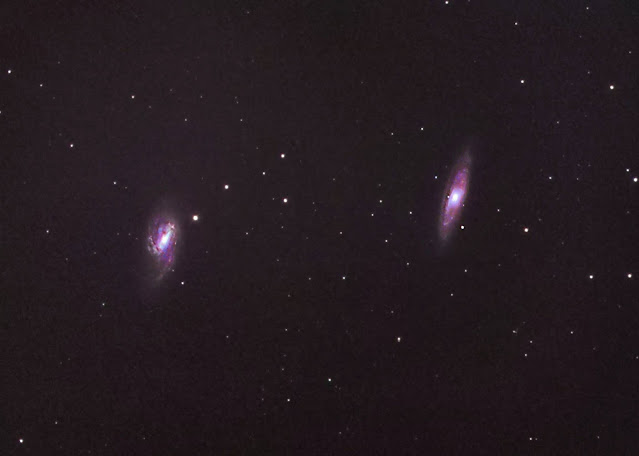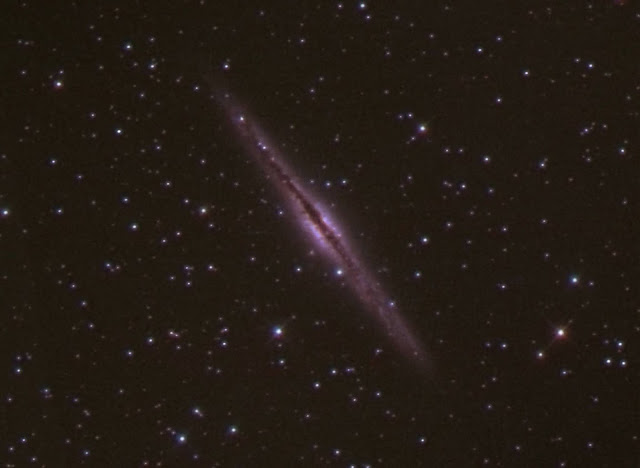This image was taken under clear, moonless sky conditions with stars visible down to magnitude 5.3. I was using my 10 inch, f/4.8 reflector, a Vixen Atlux mount, PHD auto-guiding and an Atik 383 L mono CCD camera.
I captured 5 minute sub-frames with matching dark-frames and used flat-fields to reduce the effect of vignetting in the final image.
The camera was set to x1 bin mode for all of the data.
The total exposure times were 20 minutes using an OIII filter, 10 minutes using an H-alpha filter and 20 minutes using a SII filter.
M17 narrowband luminance with RGB colour data
M17 Hubble Palette
Old and new data combined


















































